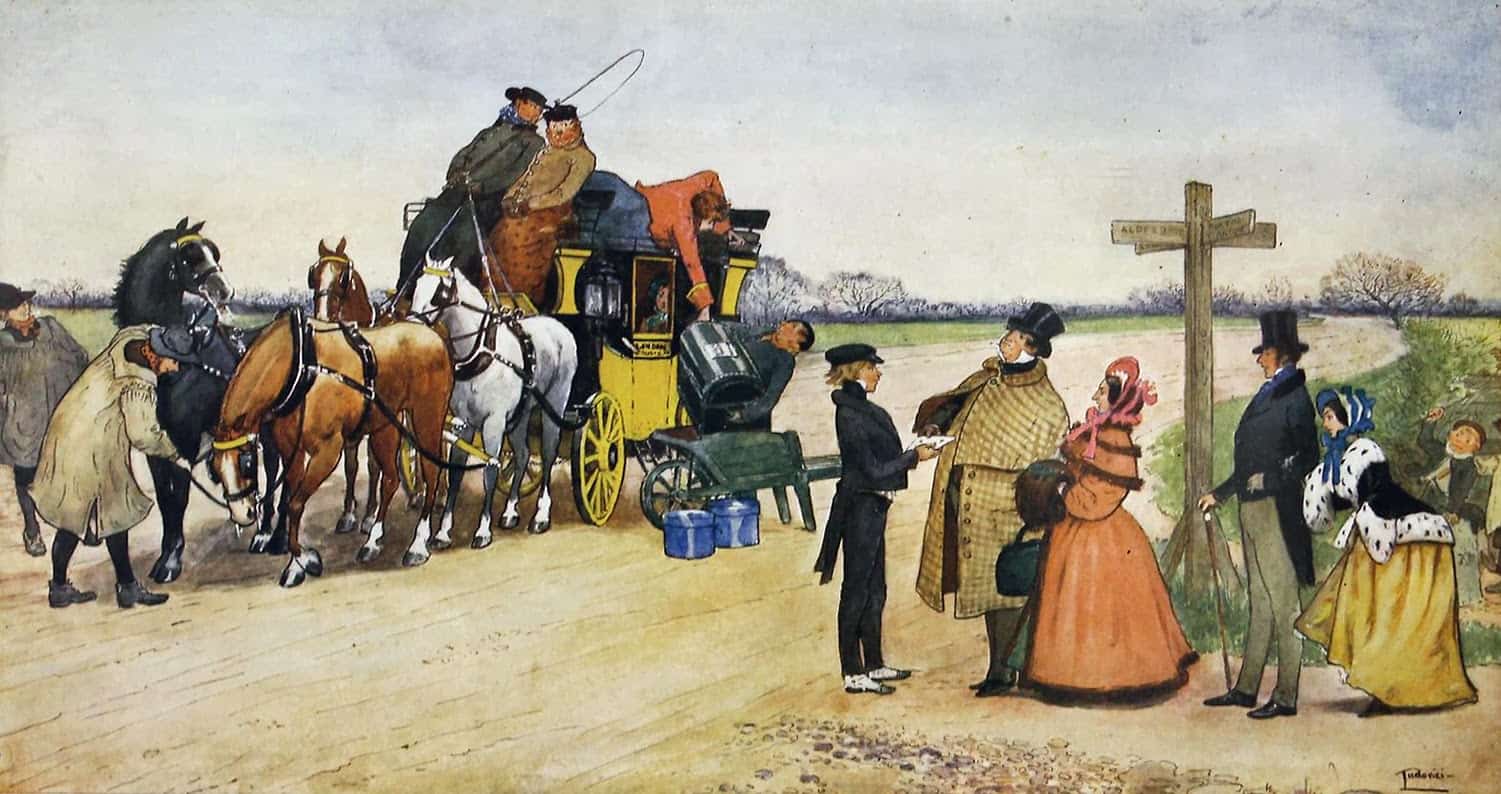Crossroads in storytelling often indicated the place/time of decision. A anagnorisis occurs after the decision has been made. Character arc or penance follows. The ur-crossroads story features a character with special skills, who has supposedly traded his soul with the devil.
One such story, attached to an actual person, is the story of Robert Johnson, who was so good at guitar no one could believe he’d practised to get that expert. Robert Johnson helped the mythology along by writing a song called Crossroad.
But the mythology of the Father of Jazz goes back much further. In African folklore a deity called Esu was the guardian of the crossroads. Christianity turned this figure into the devil, feared and reviled.
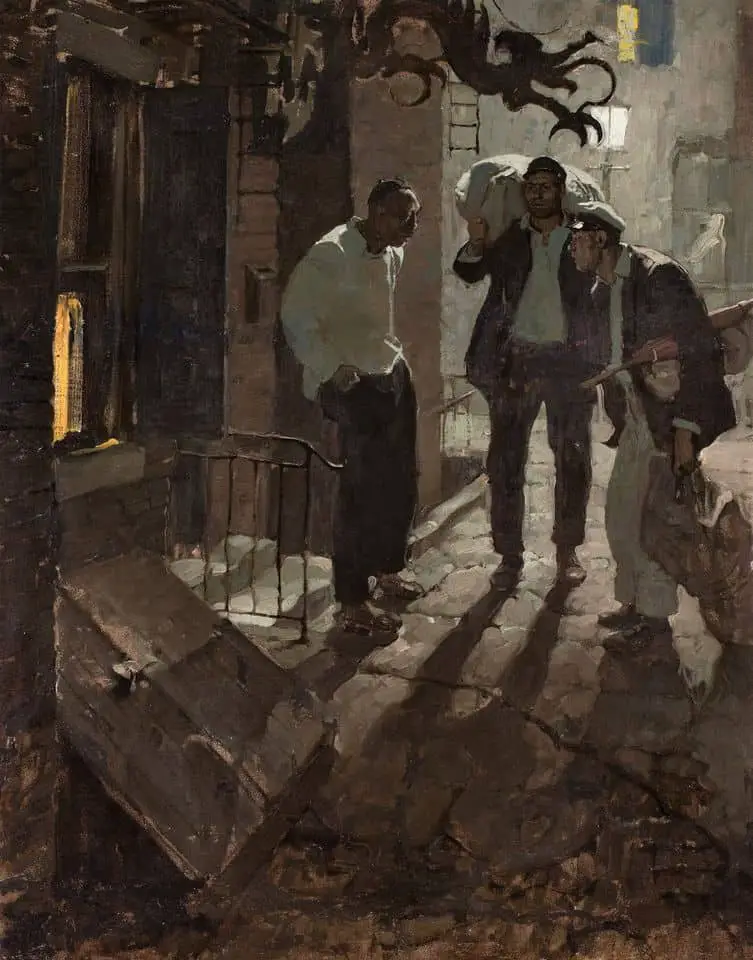
Hecate was known as Queen of the Witches. She was also known as Goddess of the Crossroads, depicted in triple form.
A long and gently sloping hill stretched before him, and as he reaching its brow he paused to take some sort of bearing. Cutting perpendicularly across the tiled road was an earthen trail, deeply rutted with the tracks of ox-carts. At the intersection of the ways was a stone cross upon a battered pillar; a little to the right, perhaps a hundred yards away, was a cleared space, and in its center loomed a gibbet. From the gallows beam a length of rope dependend, and from it, like a giant pendulum, swayed the body of a man, chains clanking on its wrists and ankles. Perched on the crosstree was a pair of ravens, and as Ellis took the eldritch scene in one of them spread its wings and fluttered toward the swaying corpses.
“The Lady of the Bells”, Weird Magazine, 1939
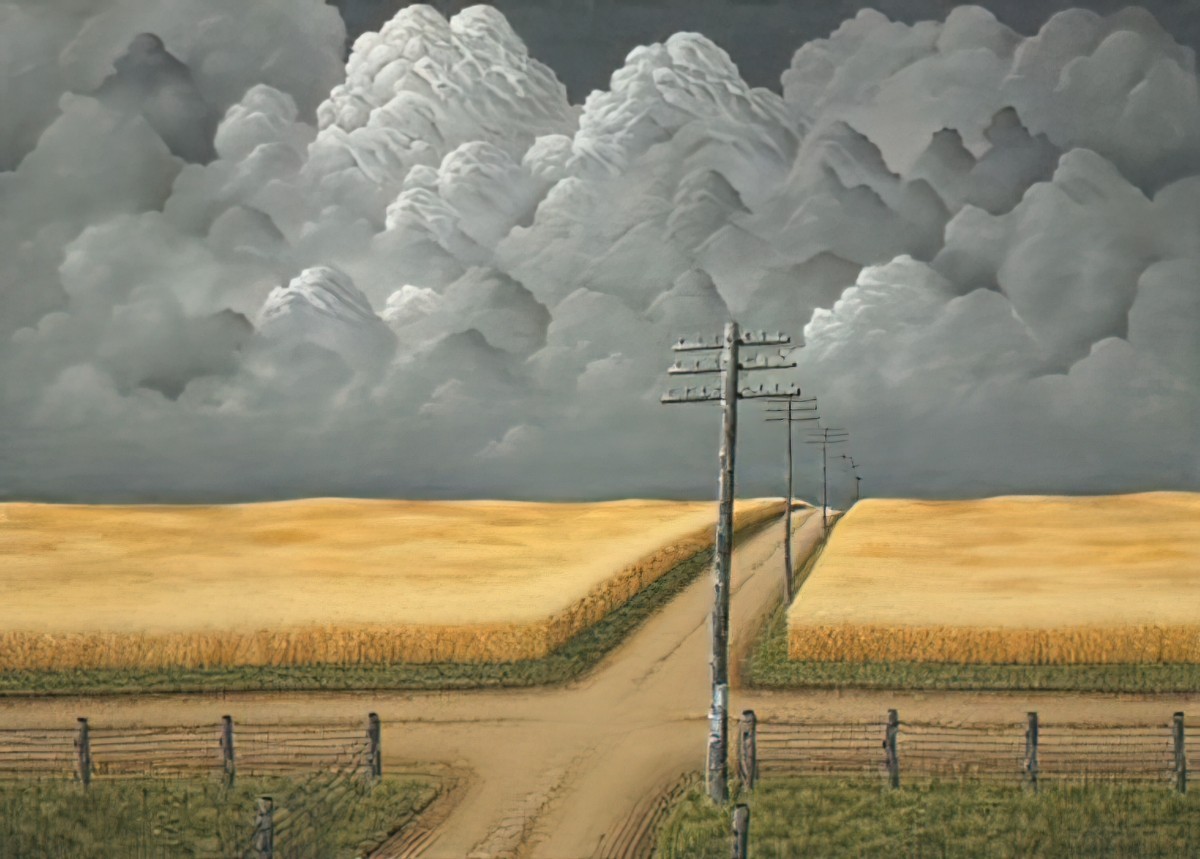
In Celtic mythology, the corpses of people thought to be unholy were often buried at crossroads. The thinking behind this: Crossroads were the gate to the other world, so their bad souls would have no trouble departing Earth (where no one wanted them).
Japan also has a god of the crossroads, known as Chimata-no-kami (岐の神). Japanese god origin stories tend to be a bit whacky. According to the Kojiki, Chimata-no-kami was born when the god Izanagi threw away his trousers to wash himself after returning from Yomi. Crossroad symbolism works a bit differently in Japan — crossroads symbolise joining rather than division, and crossroads are therefore connected to fertility.
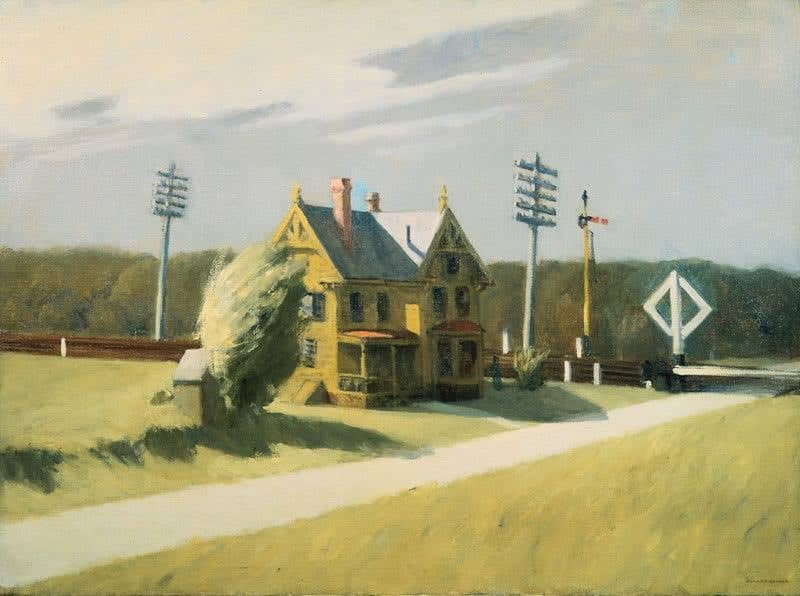
Crossroad symbolism can be seen in European fairy tale:
So the retinue was increased, and now [the twin brothers] came to a crossroad, where they said, “We’ve got to separate here, and one of us should go to the right, and the other should head off to the left.”
“Johannes Waterspring and Caspar Waterspring”, a tale from the first Grimm collection
In folk magic and myth, crossroads are magical places. All sorts of supernatural and paranormal things were thought to take place at crossroads.
In other words, crossroads are a visual representation of a moral dilemma.
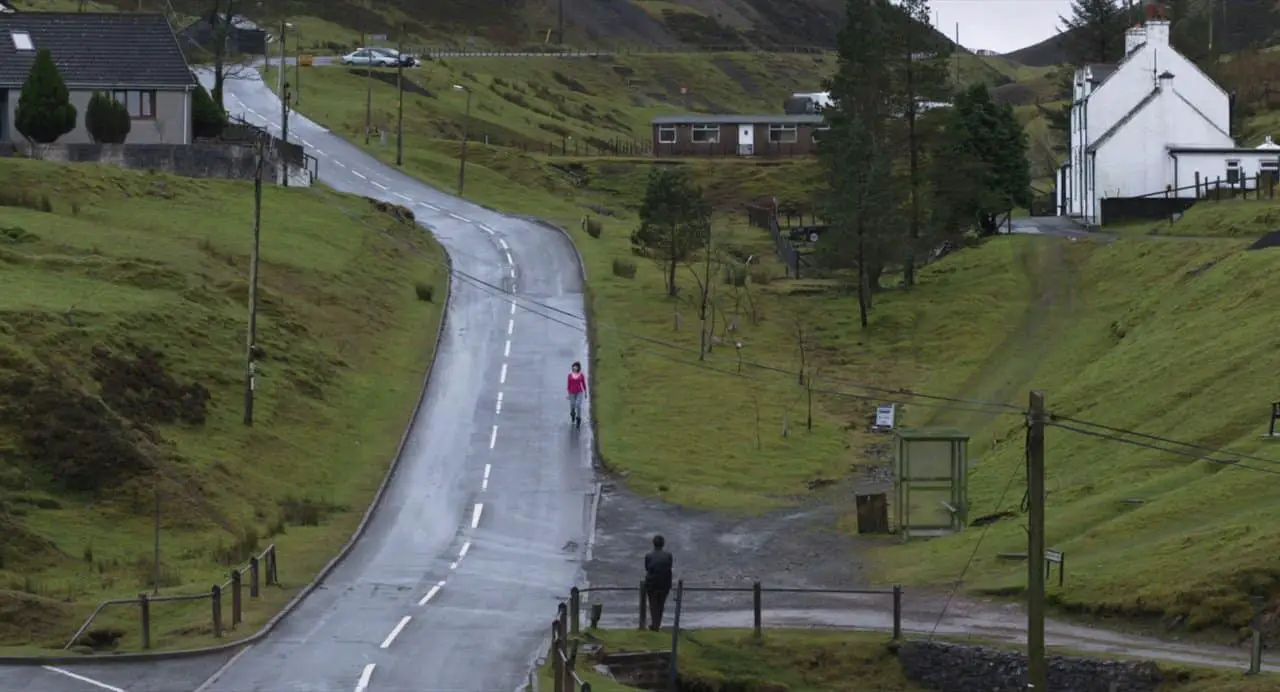
CROSSROADS AS BURIAL SITES IN BRITAIN
Until 1823, those who died by suicide in Britain were denied burial in consecrated ground. Instead, they were commonly interred by the public roadways or at crossroads. In some cases, a wooden stake was driven through their bodies.
This was banned by an Act of Parliament of the same year, which allowed suicides to be interred in a proper burial ground. But this was only permitted between nine and twelve at night and without religious rites.
These subsequent limitations were later removed in 1882
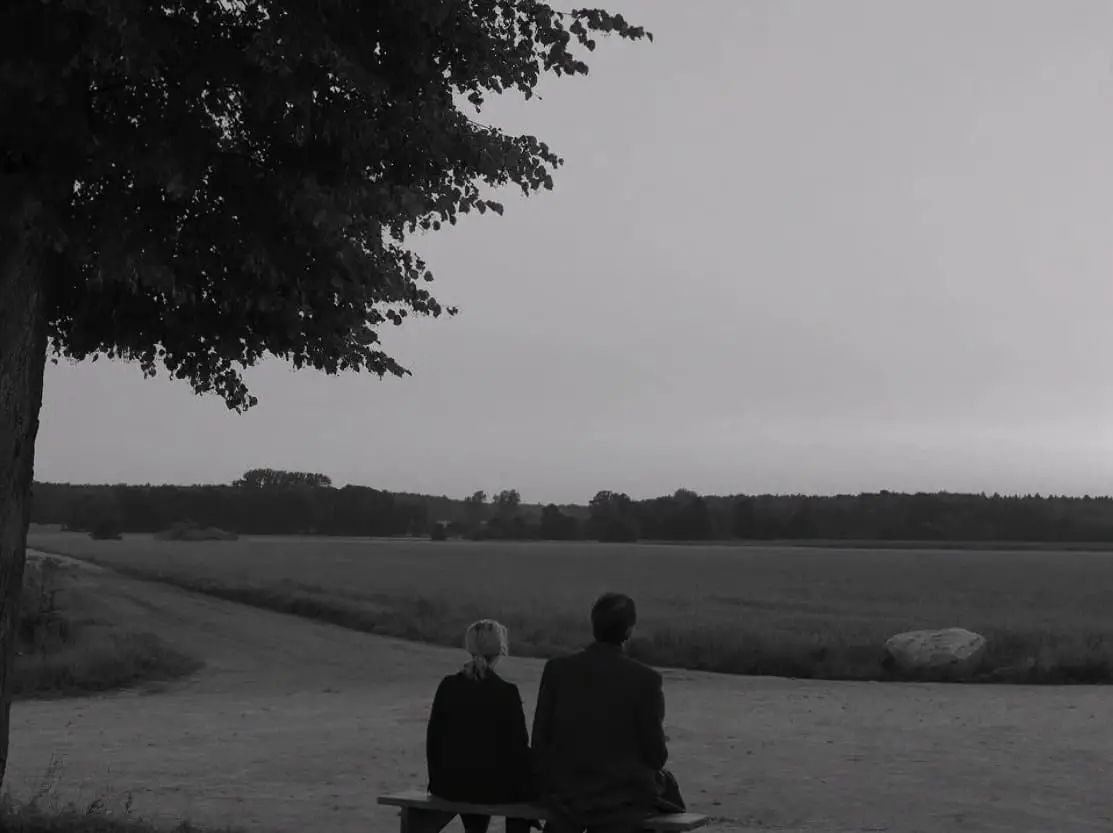
Crossroads In Games
not me having a nervous breakdown any time a video game has two paths and i don’t know which path leads to collectibles and which path leads to story content that might prevent me from going back and getting the collectibles rip
@Charalanahzard
Examples Of Crossroad Symbolism From Children’s Literature
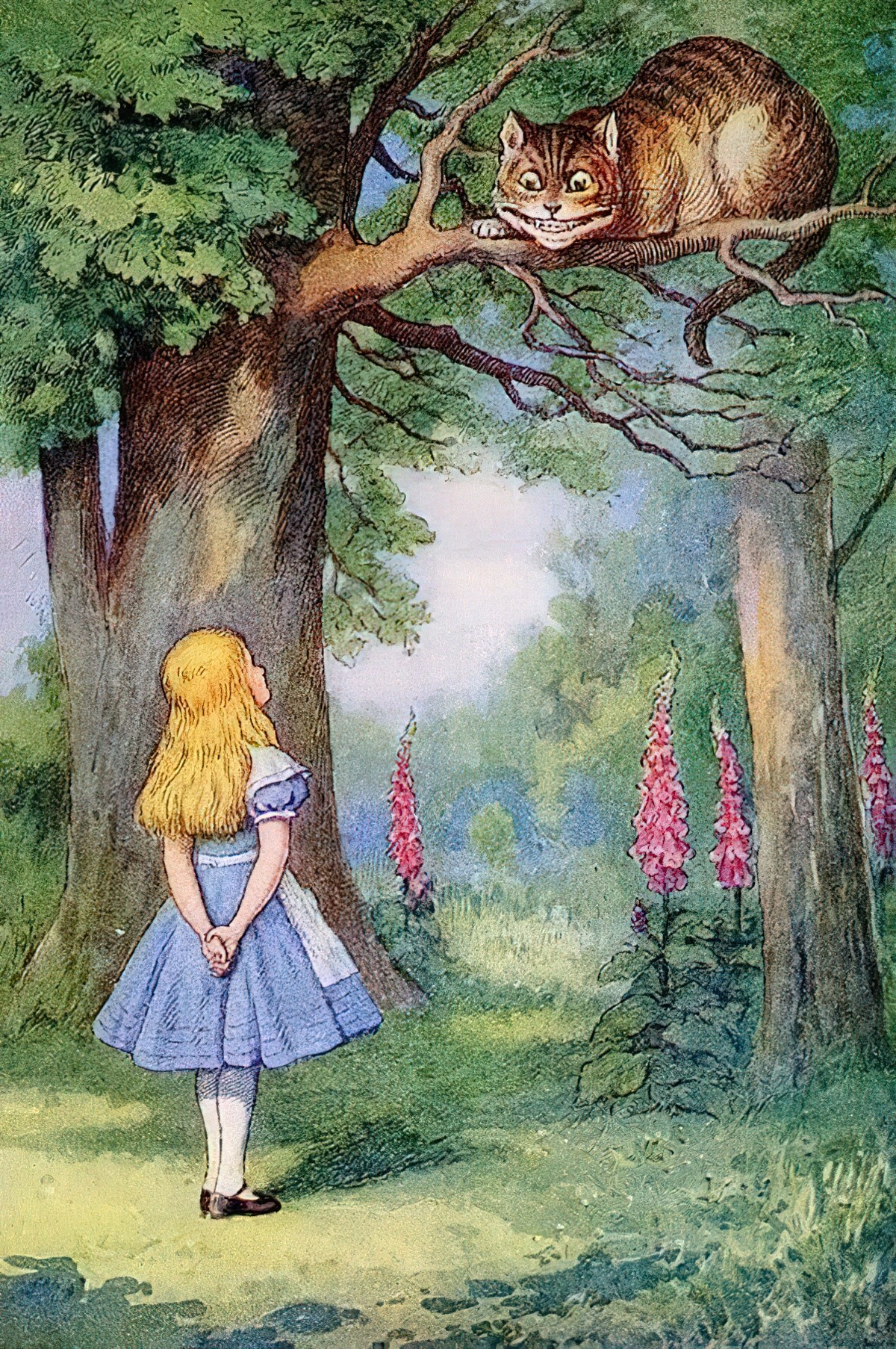
The cat asked, “Where do you want to go?”
“I don’t know,” Alice answered.
“Then,” said the cat, “it really doesn’t matter, does it?”
― Lewis Carroll, Alice’s Adventures In Wonderland
Illustration by John Tenniel, hand coloured later
Beatrix Potter’s illustration below suggests there are three ways home. I guess the owl, symbol of wisdom, is sitting on the sign pointing to the right way.
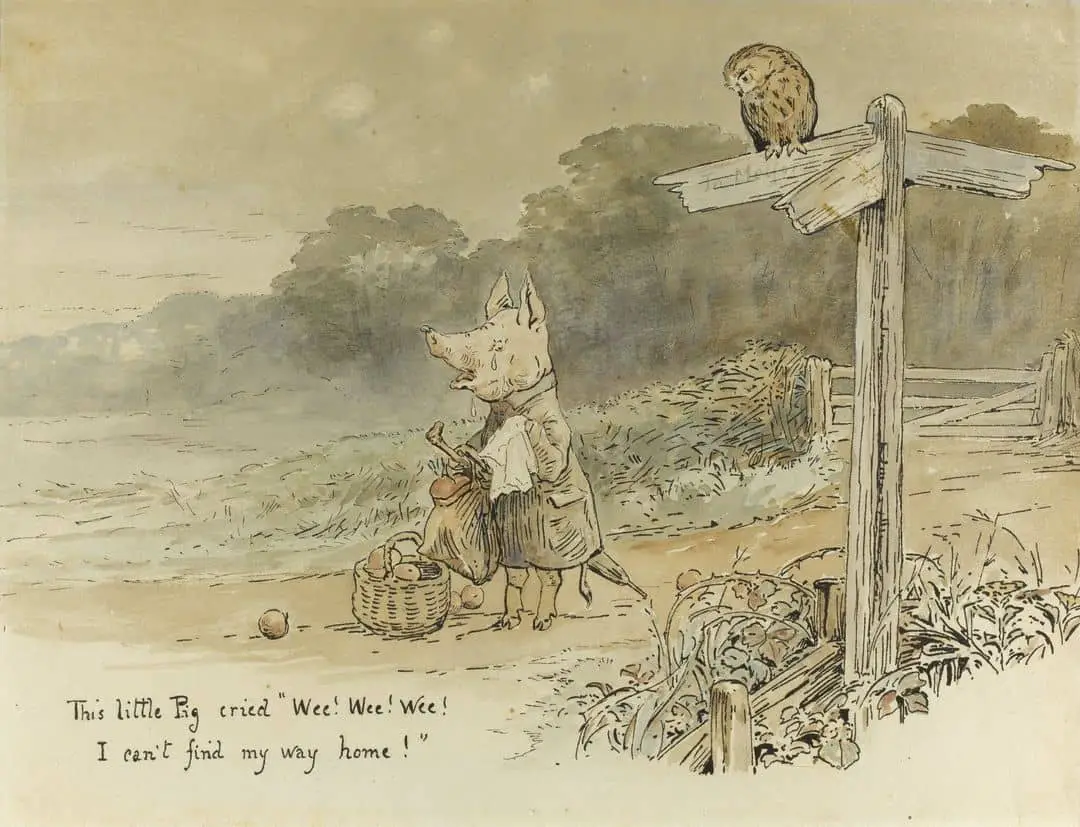
I made use of crossroads myself in our 2011 picture book app The Artifacts, to end the story, but also to create an aperture ending, which encourages the reader to extrapolate what happens next. After filling his mind with knowledge, there’s more than one path this young man could have taken in life. Armed with knowledge after a lifetime of reading, more than one choice opens before him.
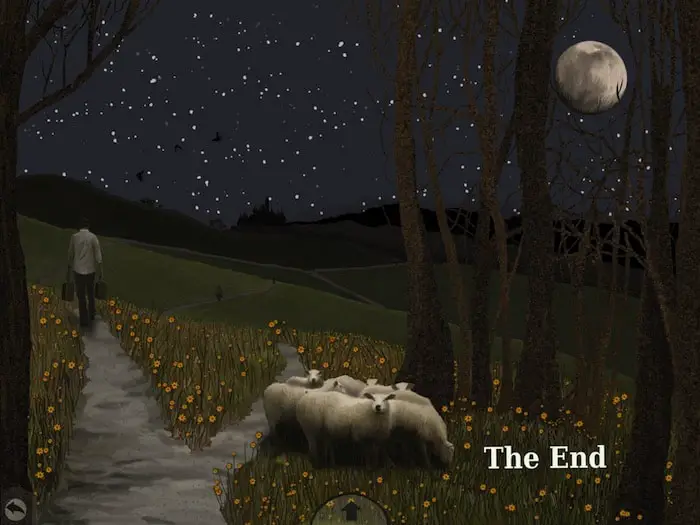
We also see symbolic crossroads in:
- Garth Pig And The Ice Cream Lady by Mary Rayner
- The Cat Returns, a Studio Ghibli animation where we meet Muta, the white cat. There is no obvious aerial view of the crossroads, which is interesting. The crossroads are more metaphorical than actual. Instead of gothic trees and ravens, we are comforted by a cute coffee shop.
- And To Think That I Saw It On Mulberry Street by Dr Seuss
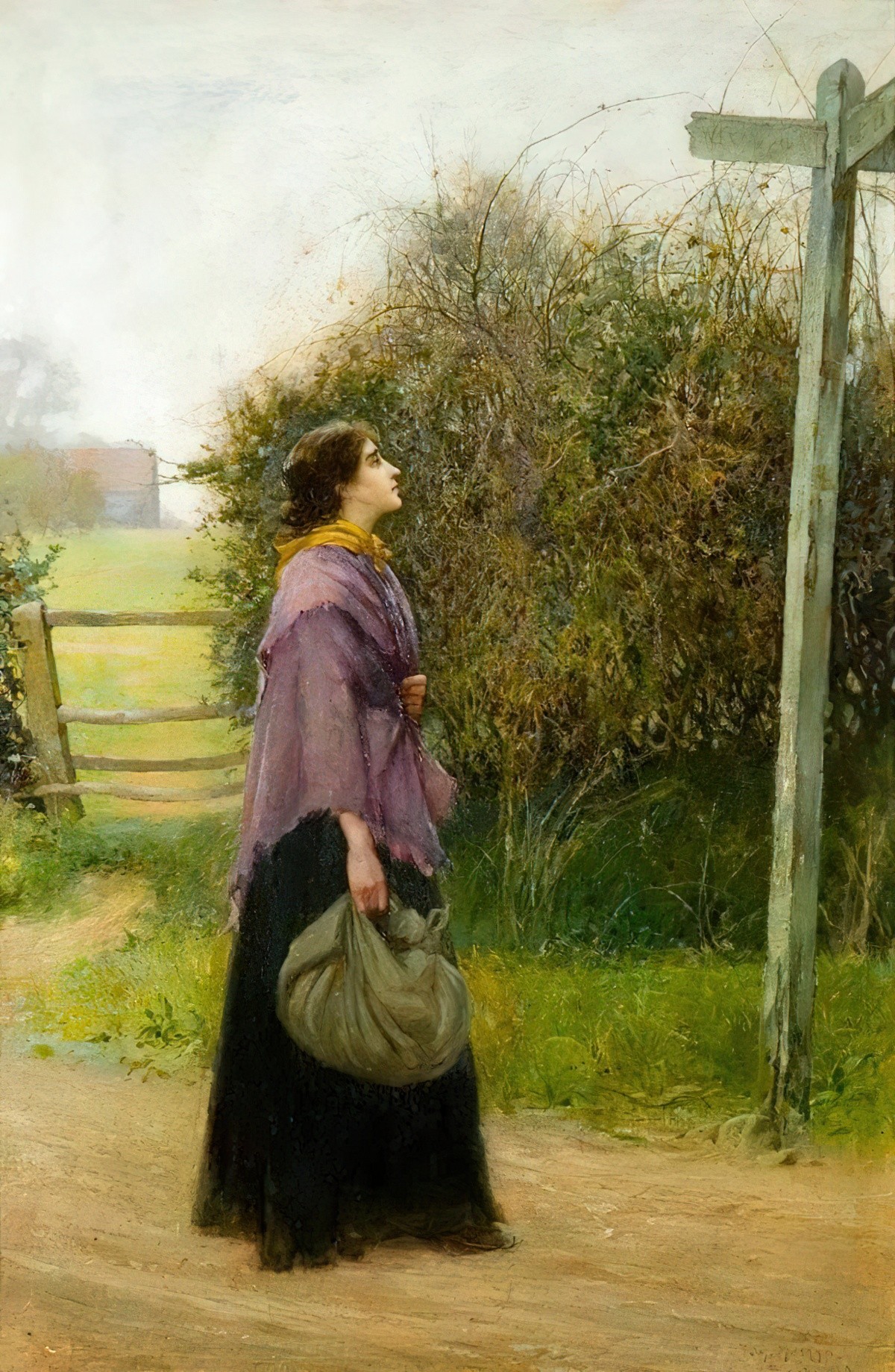
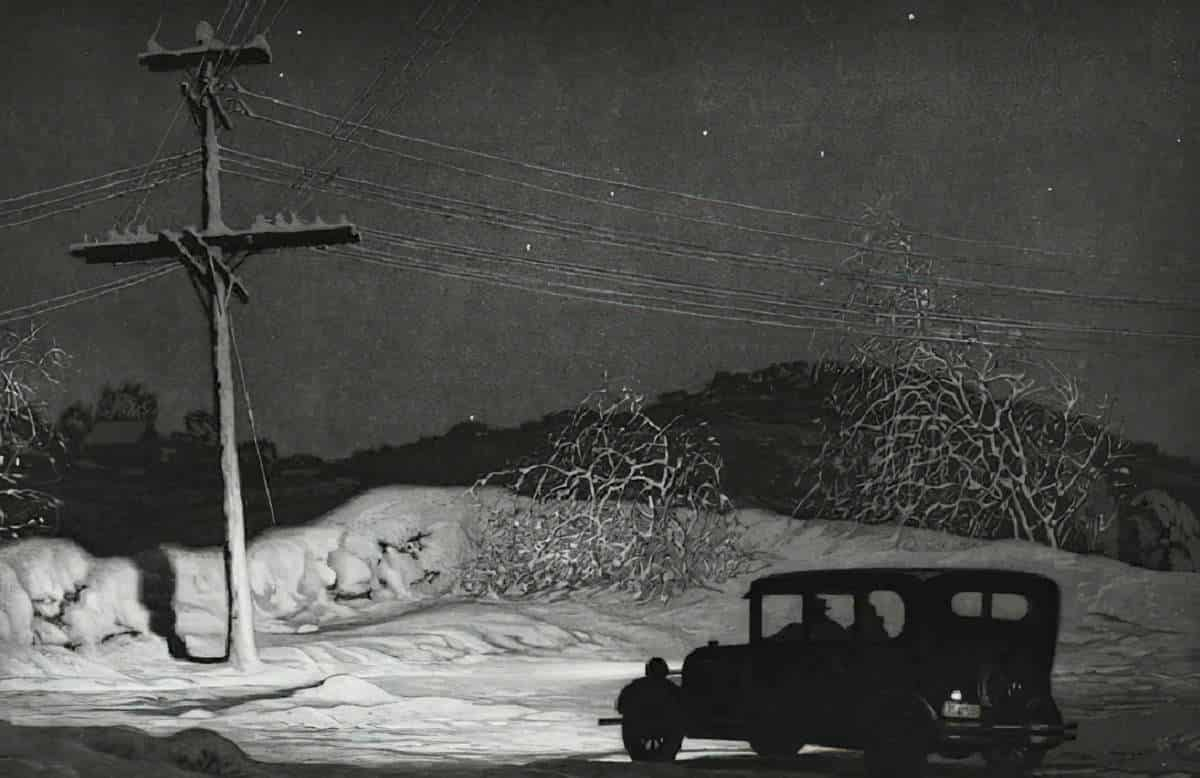
CROSSROADS AND INNS
In Medieval Europe you’d often find an inn at crossroads for the simple reason that crossroads have excellent foot traffic.
These inns mostly catered to travellers, not to locals. Bread and beer could be bought by locals, but villages wouldn’t have other sources of prepared foods. Meals were normally cooked at home. (Medieval people ate a lot of lentils and onions. They didn’t use recipe books for the simple reason that most people couldn’t read.)
Crossroads in Utopia
Crossroads also present opportunity for new beginnings and exciting adventures, so it’s worth pointing out that in Arcadian settings crossroads still exist.
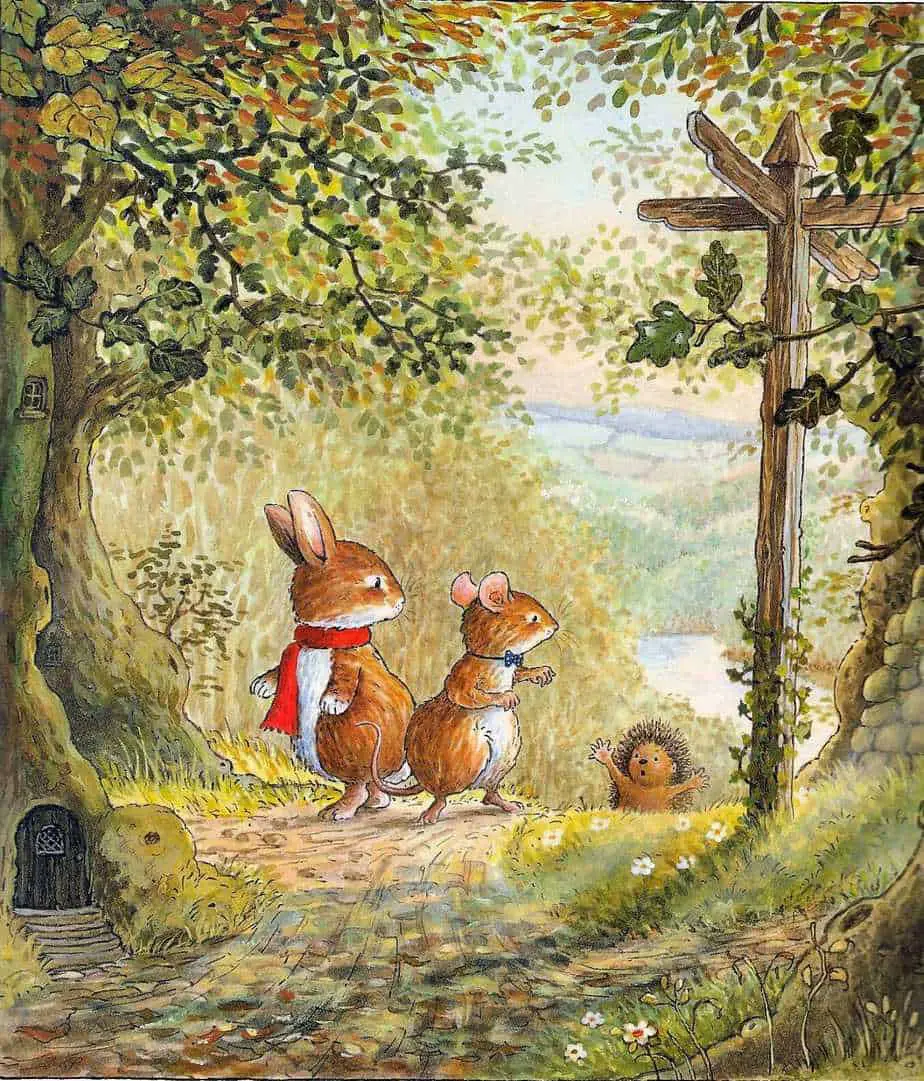
FURTHER READING
- Crossroads Motif on StorySearch
- Symbolically, train and bus stations can function in a very similar way. Though not technically shaped like a cross, the intersection of public transport travelling in two directions offers the movement version of a crossroad.
- This YouTube video explains the significance of the crop duster scene in Hitchcock’s North by Northwest.
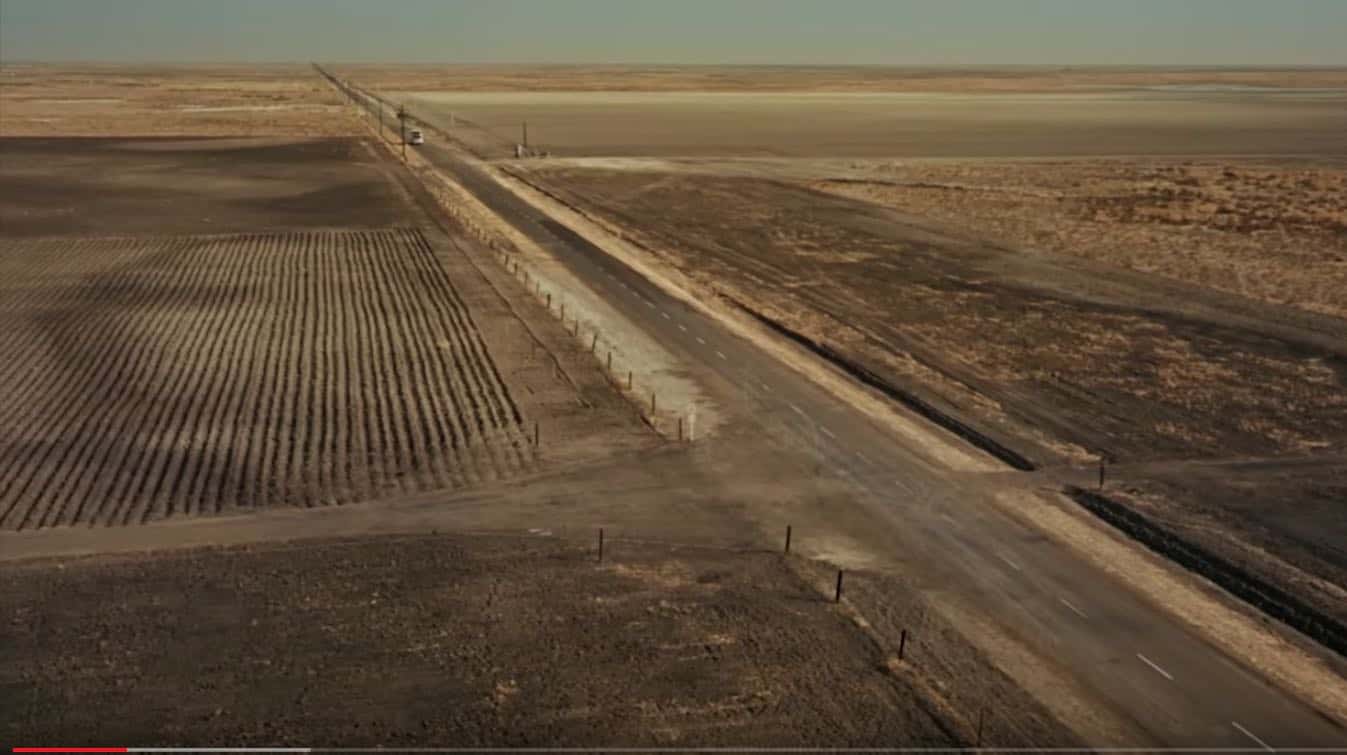
THE ROAD NOT TAKEN BY ROBERT FROST
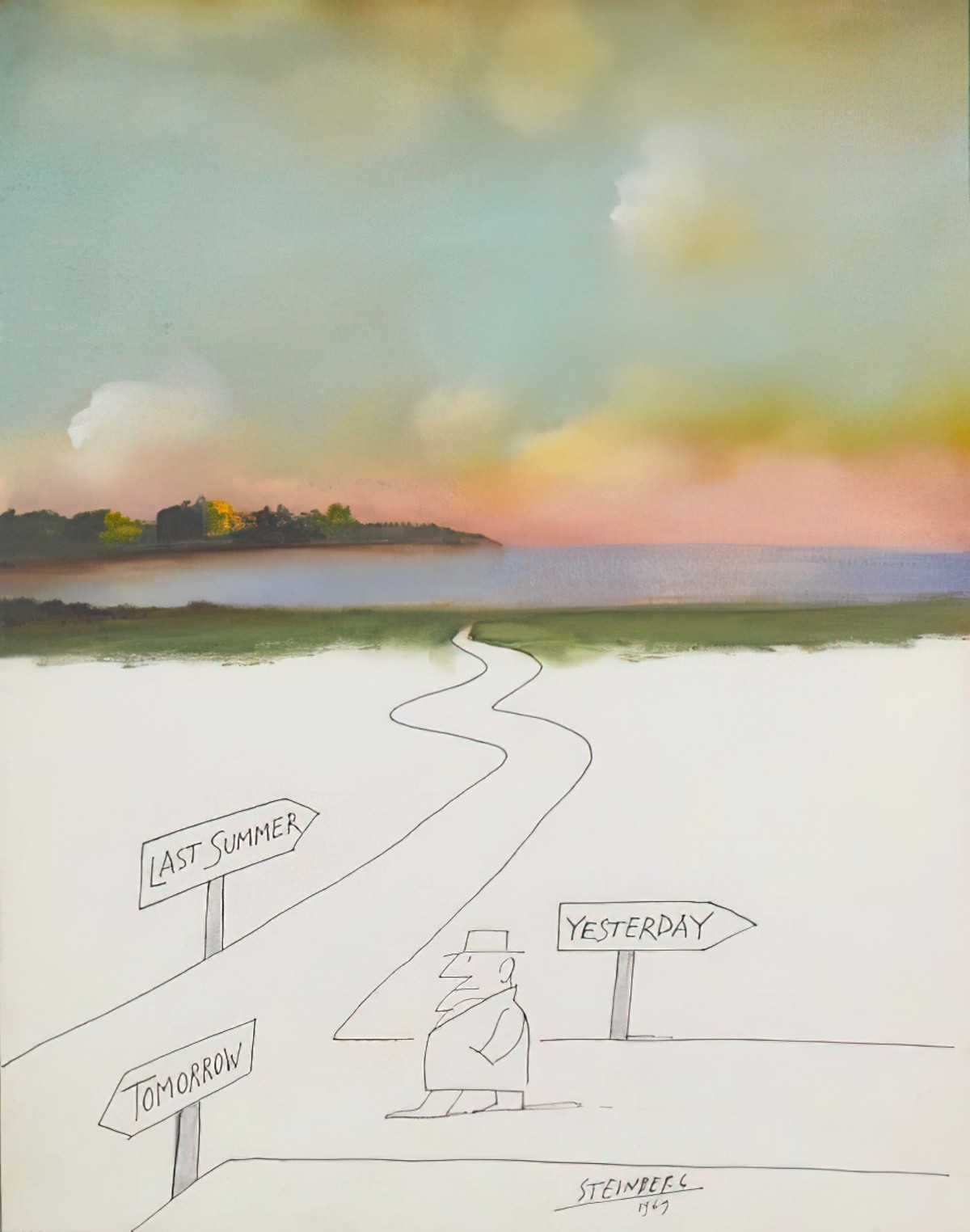
The famous poem by Robert Frost is often read at graduation ceremonies. One common interpretation: Take the lesser trod path because that’s the one that will lead you to success.
Another interpretation: Until further notice no path taken seems like our choice at this moment.
This is why “The Road Not Taken” is said to be the most misread poem in America. However, works of art change their meanings as culture changes, and it’s fully expected that in a culture of individualism, where people are considered to have full control over their lives (and success), that Frost’s poem would be freshly interpreted.
This isn’t to deny Frost’s intent. He lived in a different time.
The poem’s speaker tells us he shall be telling,” at some point in the future, of how he took the road less traveled by, yet he has already admitted that the two paths “equally lay / In leaves” and “the passing there / Had worn them really about the same.” So the road he will later call less traveled is actually the road equally traveled. The two roads are interchangeable.
According to this reading, then, the speaker will be claiming “ages and ages hence” that his decision made “all the difference” only because this is the kind of claim we make when we want to comfort or blame ourselves by assuming that our current position is the product of our own choices (as opposed to what was chosen for us or allotted to us by chance). The poem isn’t a salute to can-do individualism; it’s a commentary on the self-deception we practice when constructing the story of our own lives.
The Paris Review
These days we have a word to describe this cognitive bias: Choice supportive bias or Post-purchase rationalisation, when applied to consumerism.
The Paris Review article mentions a Ford commercial from my own country of New Zealand. The American writer expresses surprise that a New Zealand audience would know a classic poem from a country 8000 miles away, completely underestimating, as usual, the influence that America exacts upon the rest of the Western world, for better and for worse.
DOORS AS INTERIOR CROSSROADS
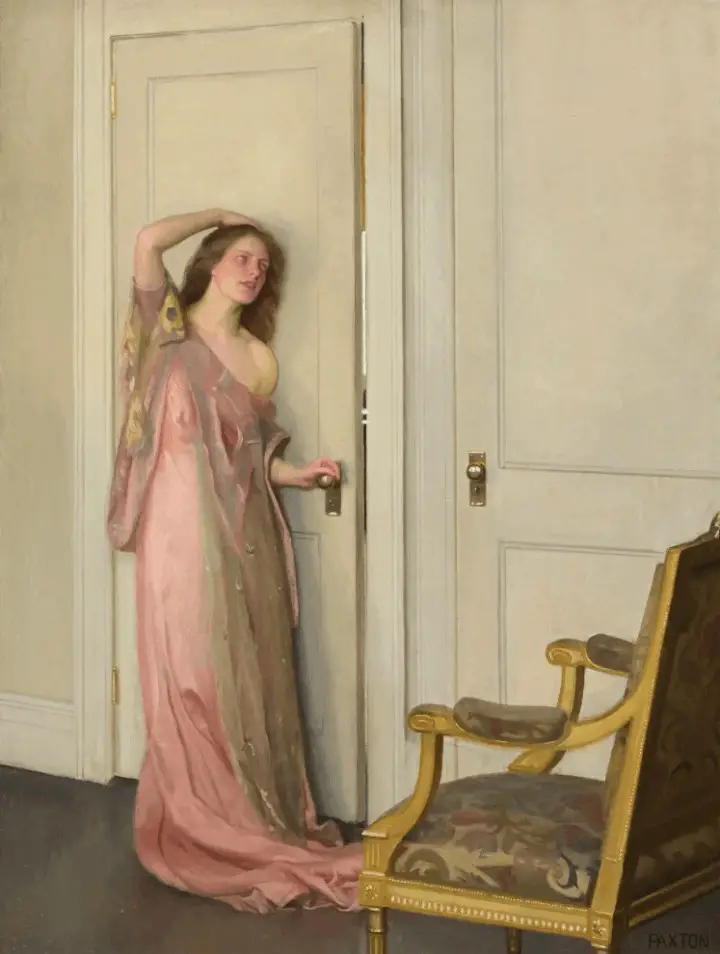
When a character is faced with a choice or a moral dilemma, they are often depicted outside standing near a crossroad or at a diverging path but if they are inside a building, two doors side by side can function in the same way. Perhaps crossroads align more with stories about people who go out on a journey (mythic structure) whereas the doors here suggest domesticity. Domestic stories tend to be circular in structure. The gender of the subject in the above painting is no accident, as women and girls align with domesticity.
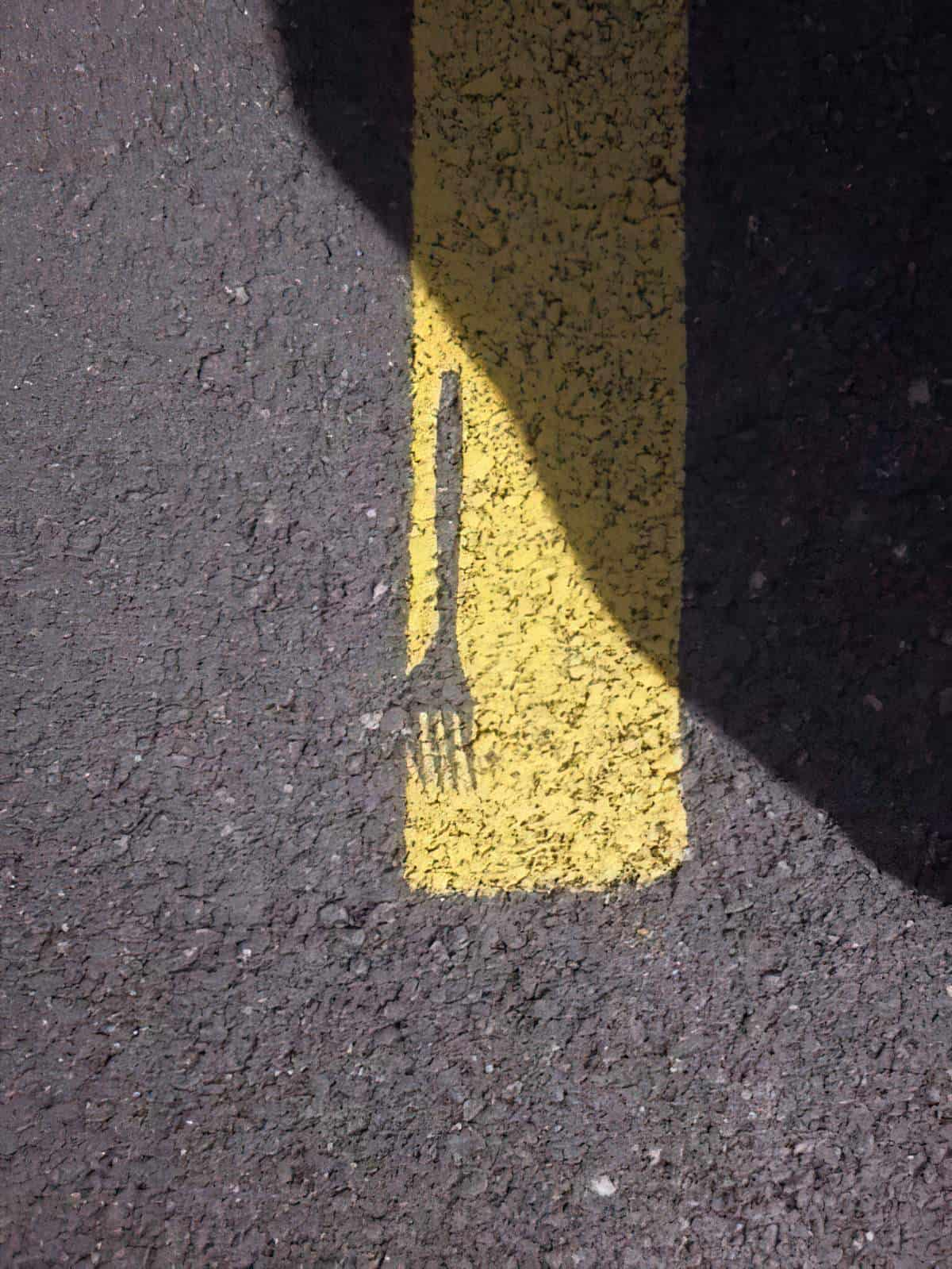
Customs, rites, myths, and taboo are a language. As in language, where the sounds which make up words are, taken in themselves, meaningless, so the parts of a custom or a rite or a myth (according to Lévi-Strauss) are meaningless in themselves. When analyzing the Oedipus myth, he insists that the parts of the myth (the lost child, the old man at the crossroad, the marriage with the mother, the blinding, etc.) mean nothing. Only when put together in the total context do the parts have a meaning — the meaning that a logical model has.
Susan Sontag, “The Anthropologist As Hero”
Header painting: Albert Ludovici – Mr. Pecksniff Leaves for London
